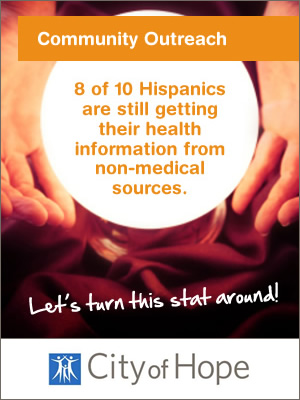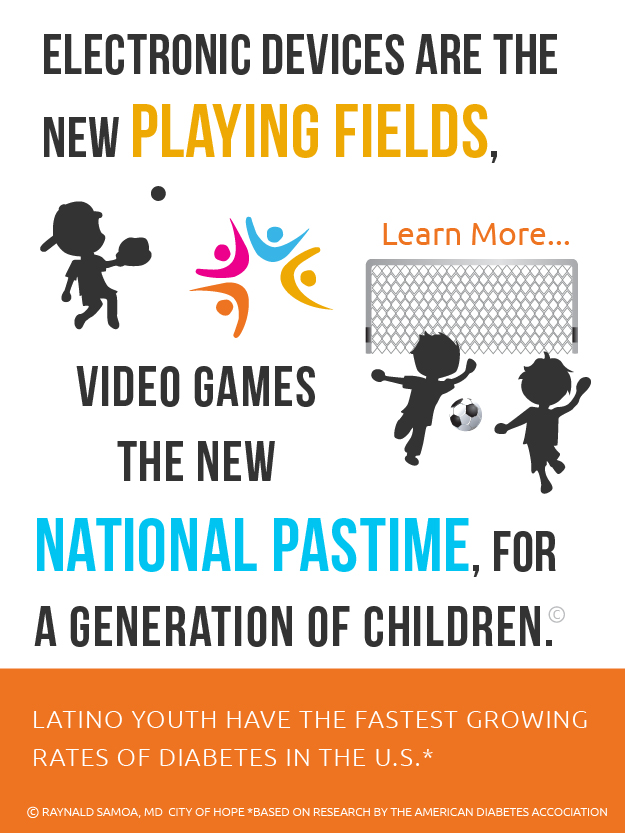
The Hispanic Health and Wellness Opportunity: Why Understanding Acculturation is Key to Marketing Success
09/03/2015 01:03PM | 7005 viewsBy 2020, an estimated 1 in 5 Americans –or 20% of the U.S. population- will be Hispanic. This growth, coupled with the impact of the Affordable Care Act (ACA) will dramatically change the Hispanic health and wellness landscape. Historically, pharmaceutical companies and health insurance providers have not focused on the U.S. Hispanic market. But we are already seeing shifts in the health care sector as providers look to secure their fair share of the 10 million Hispanics newly eligible for insurance. Their new efforts to reach this population are evidenced by increased investments in highly targeted advertising, health fairs and even community offices designed to cater to Hispanics.
For pharmaceutical marketers of both prescription (Rx) and over-the-counter (OTC) medications and products, this underdeveloped segment offers billions of dollars in incremental growth opportunity. Hispanics represent about 9% of total adult prescriptions sales in the U.S. and 11% of total OTC sales. Combined, these sales total over $19 million today but the opportunity is much greater. To reach parity with the non-Hispanic market combined Rx and OTC sales would have total more than $33 million to Hispanics. With more Hispanics entering the health care system and the revitalized emphasis on health and wellness in the market due to the ACA, more than ever Hispanics represent a key growth opportunity for marketers in this sector.
Making the opportunity for marketers even greater is the fact that 83% of Hispanics report getting health information from the media, and the vast majority of those report having acted on that information by changing their health habits, deciding how they treat a condition, or seeing a health professional. Moreover, Hispanics are 3 times as likely to trust information from drug manufacturers vs. Non-Hispanics, and the vast majority agrees that Rx ads encourage better communication with doctors. This makes Hispanics prime candidates for health messaging.
As marketers embark on initiatives to tap into this opportunity it is very important to note that the Hispanic market is far from homogeneous. One of the most important characteristics to examine is acculturation and the differences between the “more acculturated” and the “less acculturated.” These differences come into play significantly as Hispanics’ level of acculturation impacts their attitudes and perceptions about health and wellness and should be taken into consideration when messaging to them.
For example, level of acculturation seems to influence Hispanics’ perception of their own weight. Less acculturated Hispanics are more likely to underestimate their weight or not consider themselves overweight when in fact they are. Conversely, more acculturated Hispanics are more likely to have a more accurate perception of their weight. Therefore, in marketing diet aids to the less acculturated, messaging will need to take into consideration that they first need to see and better understand the problem and its consequences, before they take steps to remedy it.
Similarly, level of acculturation has been shown to impact understanding of health conditions. For example, diabetes is the health issue Hispanics in general are most concerned about, but only the more acculturated tend to be knowledgeable about the disease. In marketing products that help manage this condition, marketers need to be aware that less acculturated Hispanics will need, and appreciate, more general and background information to better understand the benefits of their product. Paradoxically, even though more acculturated Hispanics are more knowledgeable about diabetes, those with the condition are less likely than their less-acculturated counterparts to practice the healthy diet their condition requires. In their case, it might be more important to emphasize specifically the serious consequences of not maintaining a healthy diet.
Understanding acculturation can help marketers develop more powerful messaging that truly speaks to the heart of each segment thus maximizing the effectiveness of any campaign. The key to understanding acculturation is to recognize that it is not as simple as a person’s ability to speak English, but it is a dynamic combination of many cultural variables that paint multidimensional profiles of the Hispanic population. Important to note is that when it comes to health and wellness, these profiles are further impacted by the fact that until now more than a third of the Hispanic population has been uninsured, and thus some of their perceptions and ideas about health and wellness have been formed without the benefit of having quality health care. What remains clear is the fact that Hispanics, both the less acculturated and the more acculturated, represent a tremendous growth opportunity in the health sector and the time to reach out to them is now.











Post your Comment
Please login or sign up to comment
Comments